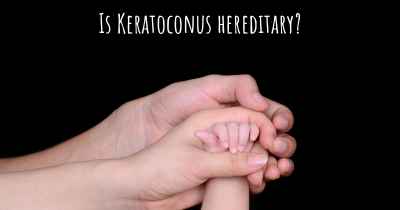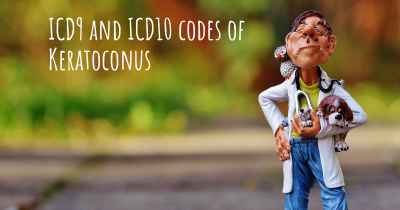What are the best treatments for Keratoconus?
See the best treatments for Keratoconus here

Treatments for Keratoconus
Keratoconus is a progressive eye disorder that causes the cornea to thin and bulge into a cone-like shape, resulting in distorted vision. While there is no cure for keratoconus, several treatment options are available to manage its symptoms and improve visual acuity. The choice of treatment depends on the severity of the condition and the individual's specific needs.
1. Glasses and Contact Lenses
Glasses: In the early stages of keratoconus, eyeglasses may be sufficient to correct mild astigmatism and nearsightedness. However, as the condition progresses, glasses may not provide adequate vision correction.
Contact lenses: Specialized contact lenses, such as rigid gas permeable (RGP) lenses or scleral lenses, are commonly prescribed for keratoconus. These lenses help to create a smooth and regular corneal surface, improving vision by compensating for the irregular shape of the cornea. Scleral lenses, in particular, vault over the cornea and rest on the sclera, providing enhanced comfort and visual acuity.
2. Corneal Cross-Linking (CXL)
Corneal cross-linking (CXL) is a minimally invasive procedure that aims to halt the progression of keratoconus. During the procedure, riboflavin eye drops are applied to the cornea, which is then exposed to ultraviolet light. This combination strengthens the corneal collagen fibers, increasing the cornea's rigidity and stability. CXL can help prevent further thinning and bulging of the cornea, potentially avoiding the need for more invasive treatments in the future.
3. Intacs
Intacs are small, crescent-shaped plastic inserts that are surgically placed within the cornea. These inserts help flatten the cornea, reducing the cone-like shape and improving visual acuity. Intacs are typically recommended for individuals with keratoconus who cannot tolerate contact lenses or are not suitable candidates for corneal transplantation.
4. Topography-Guided Photorefractive Keratectomy (PRK) or Laser-Assisted in Situ Keratomileusis (LASIK)
Topography-guided PRK or LASIK may be considered for individuals with stable keratoconus who desire reduced dependence on glasses or contact lenses. These laser-based procedures reshape the cornea to correct refractive errors and improve visual acuity. However, it is important to note that these procedures are not suitable for everyone with keratoconus and should be carefully evaluated by an experienced ophthalmologist.
5. Corneal Transplantation
Corneal transplantation, also known as a corneal graft or keratoplasty, is considered when other treatment options have failed or when keratoconus is severe. During this procedure, a damaged or diseased cornea is replaced with a healthy donor cornea. Depending on the extent of corneal involvement, different types of corneal transplantation may be performed, such as penetrating keratoplasty (PK) or deep anterior lamellar keratoplasty (DALK).
6. Hybrid Lenses and Piggybacking
Hybrid lenses combine the benefits of both rigid gas permeable lenses and soft lenses. They have a rigid center for clear vision and a soft outer ring for improved comfort. Piggybacking involves wearing a soft contact lens under a rigid gas permeable lens to enhance comfort while maintaining visual acuity. These options may be considered for individuals who have difficulty tolerating traditional contact lenses.
It is crucial to consult with an experienced eye care professional or ophthalmologist to determine the most suitable treatment option for keratoconus based on individual circumstances. Early detection and intervention can help manage the condition effectively and preserve visual function.
Posted Mar 1, 2017 by Shell 1000
Partial or full corneal graft
Posted Mar 1, 2017 by Kinjal 1100
Posted Mar 1, 2017 by Gary 500
Posted Mar 1, 2017 by Adam 200
Posted Mar 7, 2017 by Jose Luis 1120
Posted Nov 2, 2017 by Terry 3050
Posted Apr 23, 2017 by José Luís Tomé Gonçalves 1480








